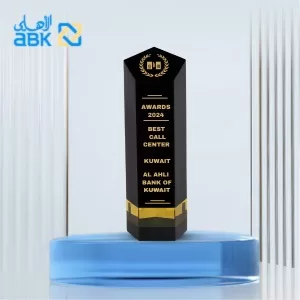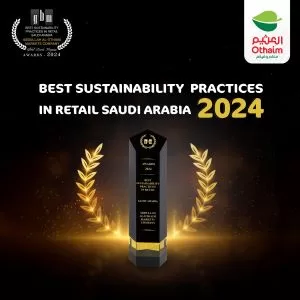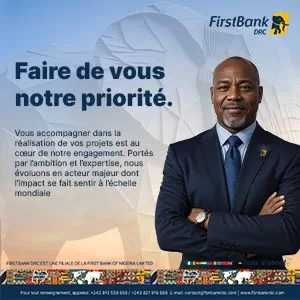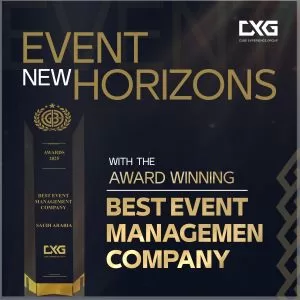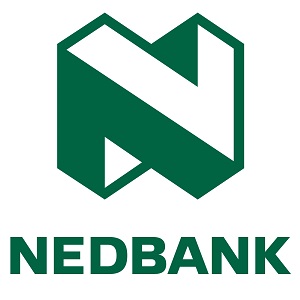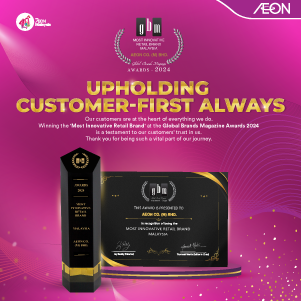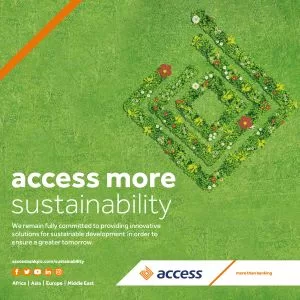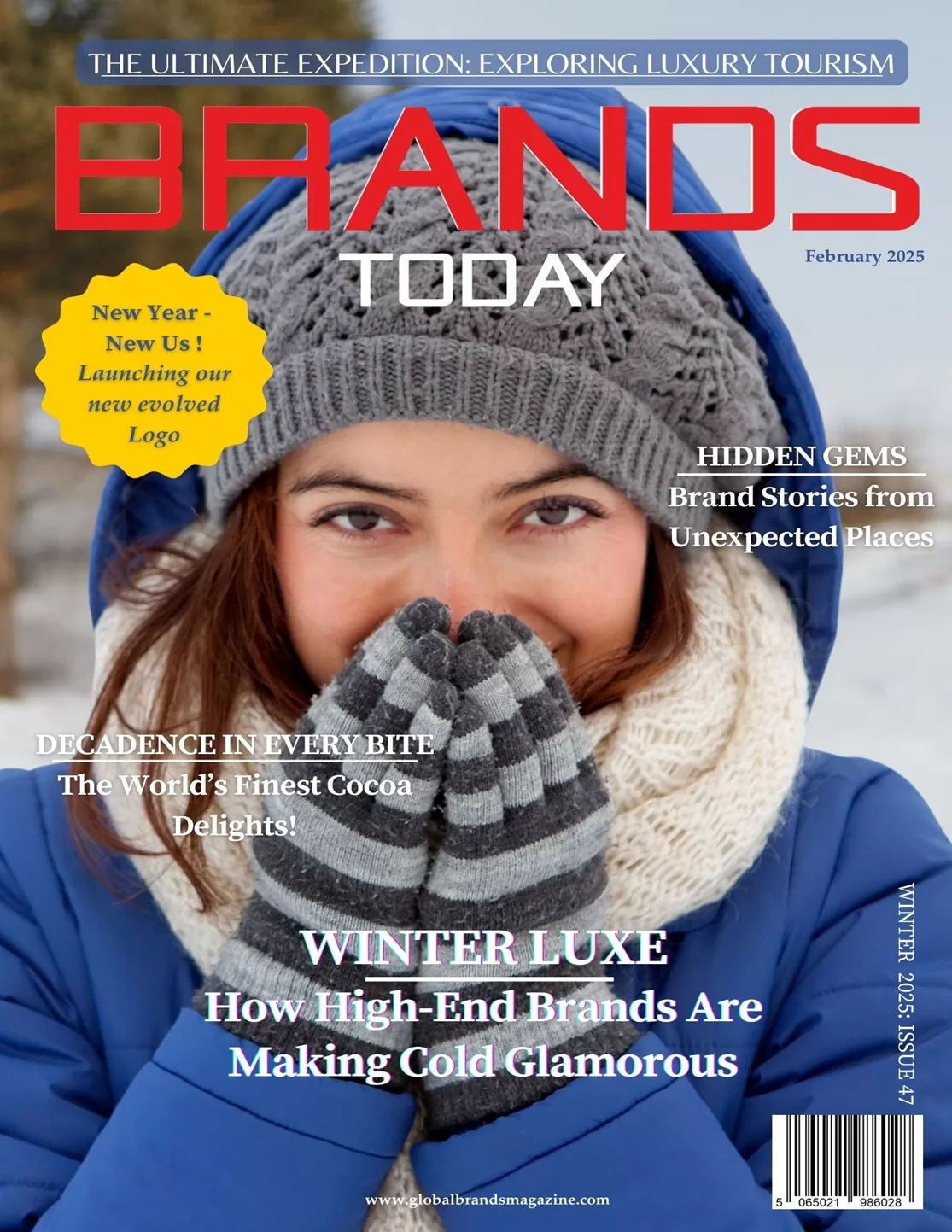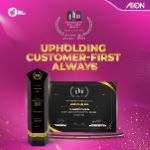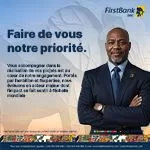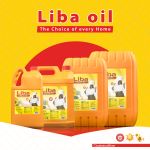Brand Strategy
How KOL Marketing Drives Fashion Brand Growth
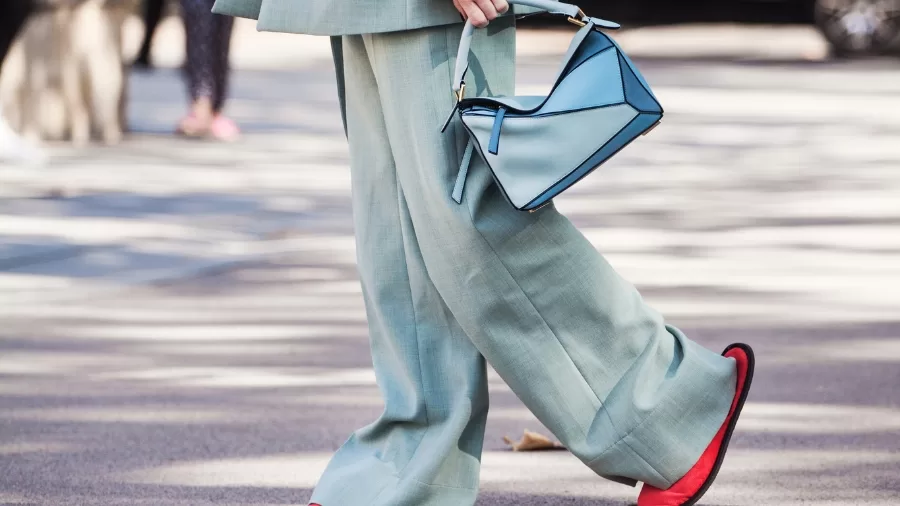
- KOLs are significant in growing a fashion brand because they make the visibility of the brand better and help increase sales through promotion on social platforms like TikTok and Instagram and, at the same time, engage the consumer on a more authentic level with a touch of personality.
- While the brands benefit from the credibility and niche reach of KOLs, they have to ensure partnerships are aligned, measure ROI, and mitigate risks to maximise the benefits of such in markets like the UK.
In the fast-moving fashion world, brands continually strive to find new ways to make their mark in the market. At present, one of the most effective strategies has been based on KOL marketing – using Key Opinion Leaders to heighten brand awareness and increase market growth UK fashion, according to the British Fashion Council, is a £21 billion industry annually, making KOLs a highly effective strategy for brands seeking to enhance visibility and drive growth in this competitive market. This article examines KOL marketing that drives fashion brands to success, relaying an inside look into how it works, the benefits, and the real impact.
KOL Marketing – What Is It?
KOL marketing is a form of marketing partnership with influential people (the key opinion leaders) who usually have loyal and engaged followership audiences, mostly on social media sites, such as Instagram, TikTok or YouTube. Unlike traditional celebrities, KOLs are often niche-specific experts – say, fashion bloggers, stylists, or micro-influencers – with more intimate relationships with more specific audiences. This authenticity is the very foundation on which KOL marketing has been built to thrive in the fashion arena.
Why KOL Marketing Works for Fashion Brands
The fashion industry lives on trends and new styles; influencers are trendsetters. KOL marketing significantly influences consumer behaviour, particularly among Gen Z and Millennials, who are key drivers of the UK’s fashion market, according to a 2023 Statista report on consumer spending trends. Below are the aspects in which KOL marketing changes the game:
1. Authenticity Builds Trust
Consumers tend to be smart; they can spot the phoney from miles away. KOLS, on the other hand, have instilled trust through real content. For instance, when a fashion KOL, such as a UK-based influencer, demonstrates styling tips for a brand’s collection on TikTok, it encourages followers to trust and act on their recommendations. “I only partner with brands that align with my style”, reflects a common sentiment among KOLs, as noted in industry insights from Shopify. That therefore translates into trust, with conversion and engagement rates being much higher.
2. Targeted Reach
Because of this, KOL marketing is very effective in targeting and separating specific audiences instead of sending out promotional advertisements. For example, Burberry is a luxury brand that may choose to pick a high-end fashion KOL for the wealthy target audience. On the contrary, ASOS could prefer TikTok creators who are popular among Gen-Z for an effective collaboration. Such fine precision is fruitful in ensuring that marketing budgets – which often stretch to tens of thousands of pounds – are spent well.
3. Increased Engagement
KOLs don’t only upload photos and videos; they also create conversation around the whole event. Content posted on web social media, such as Instagram Reels or the latest YouTube haul video, encourages likes, comments and shares. The Influencer Marketing Hub’s 2024 study revealed that KOL-led campaigns can produce an ROI up to 6.5 times that of traditional advertising. In other words, an investment for a fashion brand 10,000 in a KOL campaign could return a lot more owing to increased sales and brand recognition.
Real-World Success Stories
The effects of KOL marketing can be witnessed in the triumph of both established and emerging fashion labels. PrettyLittleThing is a prominent UK-based fast fashion brand. The company partnered with micro-influencers and KOLs such as Love Island stars and has gained over 18 million followers on Instagram. These partnerships contributed to sales, helping PrettyLittleThing achieve £712.2 million in revenue for the financial year ending February 2022, as filed with Companies House.
Equally, Nobody’s Child, a sustainable fashion brand, has used KOL marketing to create a niche. By partnering with eco-conscious influencers, Nobody’s Child has spread its sustainability message to environmentally conscious consumers, strengthening its brand identity. The brand’s sales quadrupled in 2023, demonstrating the significant impact of targeted KOL campaigns alongside other strategic initiatives.
The Key to Successful KOL Marketing Steps for Fashion Brands
When a fashion brand wants to adopt KOL marketing, it needs to put in a lot of strategy. To put a successful process into action, here are the keys:
Identifying the Right KOLS: A KOLS mismatch that does not share the same audience with a brand involves a lot of work. For example, a premium fashion brand may prioritise mid-tier KOLs with highly engaged, relevant audiences to balance reach and authenticity, ensuring effective growth and interaction.
Consider Authentic Collaborations: Give KOLs the creative freedom to display your products in their unique way. According to a 2022 Advesa report, 61% of consumers prefer KOL content that feels organic and authentic, enhancing engagement and trust.
Measuring ROI: Take metrics that involve engagement rates, traffic on the website, and sales conversions. Tools like Google Analytics and influencer platforms, such as Kolsquare, enable brands to quantify the impact of a £5,000 KOL campaign by tracking metrics like traffic and conversions.
Having adequate possibilities: KOL fees vary, for example, from £500 for a micro-influencer post to £20,000 for a macro-influencer. Use the budgeting toward the campaign’s objectives and expected returns.
Problems to Watch Out For
KOL marketing has its full promise; in fact, it has some loopholes. Brands must vet KOLs to ensure authentic followers, as fake followers, a common issue flagged by tools like HypeAuditor, can undermine campaign effectiveness. It would also be very risky to get aligned with a KOL that does not match the brand values. A mismatch between a KOL and brand values can damage credibility, as industry experts emphasise the need for alignment to maintain trust. Much research has to be done for precautionary measures as well as drafting clear contracts.
KOL Marketing for Fashion Future
Key opinion leader marketing has always been the foundation for brand growth and will continue to underpin the UK fashion industry as the country changes. With new features launched by social platforms like TikTok Shop and improved Instagram e-commerce tools, KOLs are becoming all-important to the purchase journey. In other words, brands that have invested in authentic, data-driven KOL strategies will continue to thrive, capturing the dividing line between the hearts and wallets of fashion-forward consumers.
When every pound in a market counts, KOL marketing has proven to be the fastest route toward achieving new heights. Great voices turned by the right fuse will turn influence into impact and create long-lasting relationships with their audiences.

